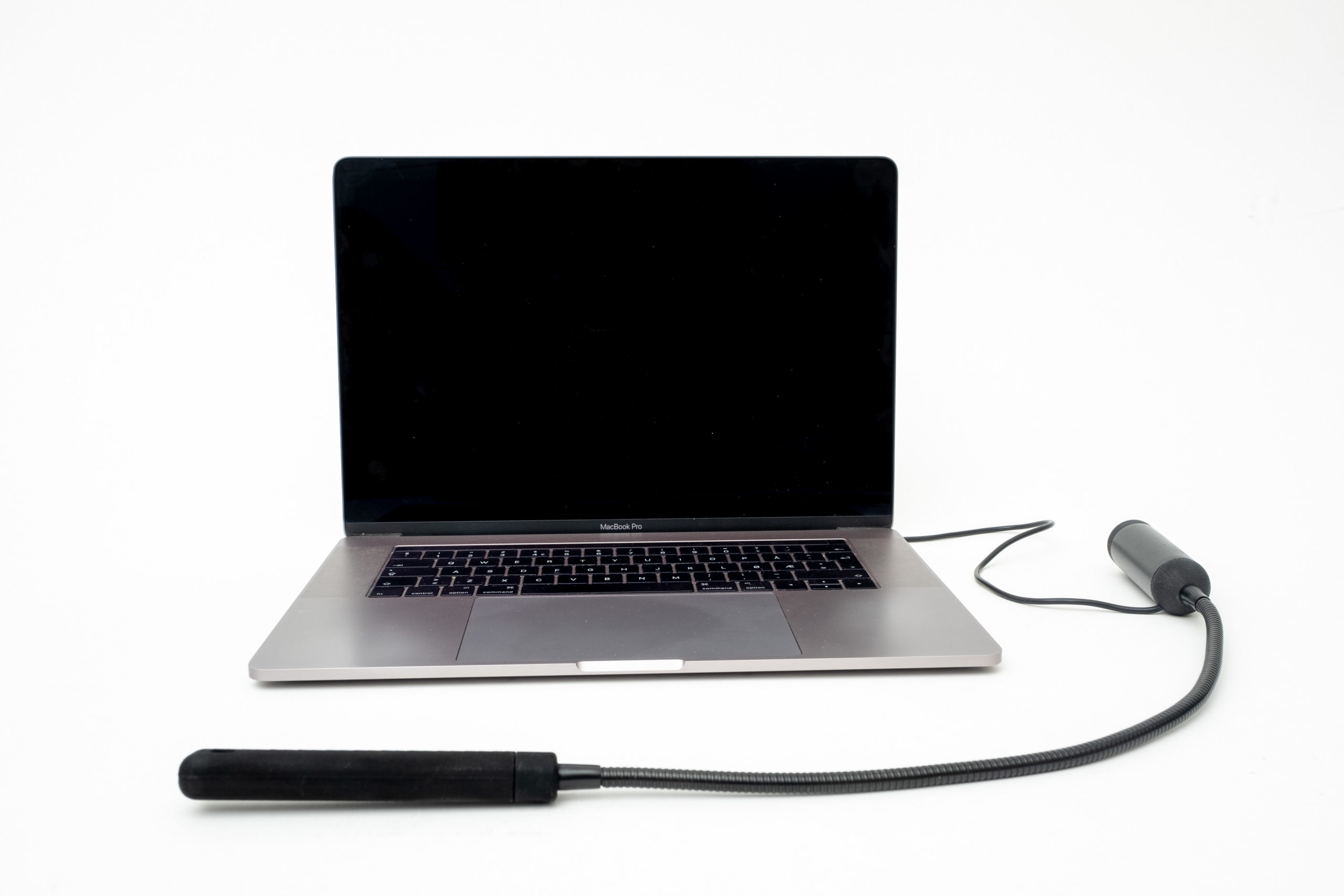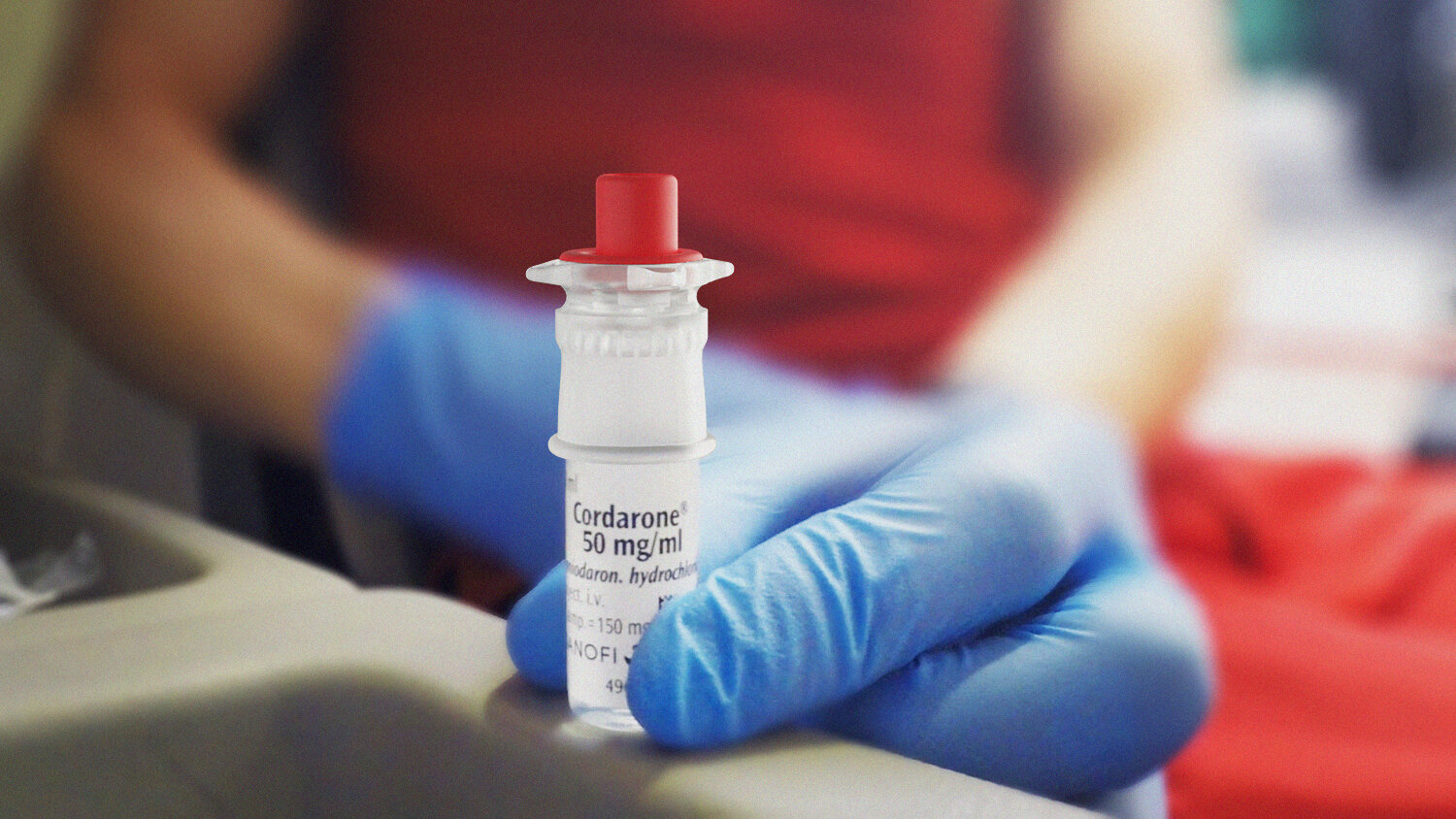
Using the food-based contrast agent Lumentin®, Lument AB has been able to provide MRI-class images of the abdomen and bowels with computerized tomography (CT)-technology. CT-equipment is cheaper, faster and more available worldwide than magnetic resonance imaging (MRI) and causes minimal inconvenience for the patient.
MRI is based on a magnetic tomographic technique, which is rather complicated, more expensive, time consuming and not well tolerated by some patients. In certain instances, MRI presents diagnostic images of greater quality.
The focus of Lument has been to offer an alternative to MRI by improving abdominal imaging with CT. The advantage of MRI is the very high contrast. Until the invention of Lumentin, it was not possible to create equivalent imaging with CT.
Lumentin gives a distinct contrast when used, which is close to that of MRI-images. A boosted contrast at CT will also make diagnostics of small and commonly unnoticed lesions possible. This is still tested clinically and if successful, it will reduce waiting time, adverse effects for patients and make the general use of resources more efficient.
Together with The Intervention Center in Oslo, the team is now looking into new ways of using Lumentin.
Surprised Co-founder
– I was surprised as we found out that our contrast agent may also be useful prior to MRI examination, which is not an X-ray technique. After an introductory meeting in Oslo in November 2019, we started our collaboration with The Intervention Center at Oslo University Hospital, given the high standard in MRI research found at the center. The primary task is to define suitable sequences for MRI- imaging of the small bowel when filled with Lumentin. The research will start with experiments on a model before any clinical test is considered, says Co-Founder, Dr. Thomas Fork at Lument.
Can take away negative side effects
Using Lumentin prior to MRI examinations would be highly beneficial for the patients, as negative side effects of current comparators would be eliminated. Furthermore, existing contrast agents used for MRI makes many patients sick. The Intervention Center will characterize the MRI-quality of Lumentin and define useful image sequences. The final aim is to administer Lumentin to patients prior to an MRI of the small intestine, especially when looking for inflammatory disorders such as Chron’s disease, or tumors.
-The focus of my Ph.D. was the use of an MRI of the small intestine. It´s exciting to find out if we can get high quality pictures that we hope for with Lumentin or some modification of it, says Dr. Ragnhild Undseth, MD, Phd, Head of radiology, The Intervention Centre.
Academic powerhouse
The Intervention Center is a clinical research and development department for new applications and image-guided methods. The Intervention Center is a resource available for all departments at Oslo University Hospital, as well as for other hospitals and clinics.
–Finding this academic powerhouse with so much skills and curiosity, and with all the right physical facilities, has been fantastic, says Dr. Fork. –A successful research will make life easier for the patient, for imaging departments, and cheaper for taxpayers.
Lumentin® was patented in 2017, and will hopefully be registered as a pharmaceutical agent for human application within Europe in 2025.
LUMENT AB
Company country: Sweden
Contact name: Dr. Thomas Fork
Contact phone: +46 705336996
Contact e-mail: [email protected]


